

The tier 10 Russian heavy tank IS-7 can either be a dominate tank on the battlefield or be dominated by the enemy tanks it faces. Whether the IS-7 performs well comes down to its driver since this tank relies upon its driver to position it correctly and to recognize its shortcomings. Tge intimidating frontal armor profile and a hard hitting gun are the IS-7’s bread and butter. On the other hand its poor gun handling, poor gun depression, and large frontal glacis weak spot make it difficult to master. This tank rewards players who can cover up its flaws since the IS-7 is only held back by a few issues that can be hidden with a bit of planning.
The IS-7 equips the 130mm S-70 gun which packs a punch with 490 damage per AP/APCR round. Aside from the Maus and E-100 the IS-7’s 490 damage per shell easily outclasses the standard 400-440 damage rounds other tier 10 heavy tanks have. While HE shells are not used very often the 640 damage per HE shell potential is great for poorly armored tanks if you can penetrate them. Penetration is not the IS-7’s specialty since the AP shell has 250mm, APCR 303mm, and HE 68mm. These levels of penetration will work against any tier 10 tank but compared to other tanks and their shell’s penetration the IS-7 is lacking. To make the penetration feel even more inadequate at times is a 0.4 overall accuracy value with a 3.4 second aiming time. For a heavy tank like the IS-7 that moves around a lot these two values make it hard to pull off quick shots since you will need to sit still to have a chance at hitting near where you are aiming.
With a 100% crew the IS-7 can pull off 4.38 rounds per minute giving it 2,146.20 damage per minute. With a 100% crew, brothers in arms, a gun rammer, and improved ventilation, the IS-7 can pull off 5.305 rounds per minute which gives it 2,599.45 damage per minute. While the IS-7’s damage per round is great for a tier 10 heavy tank it does lack damage per minute when compared to most other tier 10 tanks. You can negate the low damage per minute by making sure you are loaded prior to engaging a tank since it will give you the edge in damage output for about 30 seconds. This only works against tanks with less than 490 alpha since it requires the difference in damage for each round to give you the leg up on them.
Alternatively you can fall back onto the IS-7’s armor to force their rounds to do no damage to you or for the enemy to stop shooting at your tank. This will allow you to damage them and even though they might have a damage per minute advantage you will be able to destroy them since they cannot damage you.
Arguably the most important factor of the IS-7 is its frontal armor since it makes or breaks the tank depending on how you leverage the frontal armor. The frontal armor scheme is a piked nosed design like the IS-3 meaning that most of your frontal armor is at its strongest pointing directly at the enemy tank firing at you. For a full weak spot guide for the IS-7 you can follow the link below that will give you effective armor values and break downs of the entire tank.
The downside of needing to point at the enemy is that the primary weak spot of the IS-7 is at its weakest when doing so. The lower frontal glacis only has 233mm effective armor and outside of this area the IS-7 does not have many other weak spots for enemies to use against it. The remaining hull armor is extremely tough and the frontal turret is immune to most shells as well. This is why if you can keep your armor pointing at the enemy and also prevent them from hitting the lower glacis you almost becoming immune to all incoming shells. To do this you will want to use small hills that your 6 degrees of gun depression can still work on, destroyed tanks, and small cover(such as rocks) to cover the lower glacis. Mastering this and knowing what areas of each map benefits the IS-7 will turn the tank from a good tier 10 tank to one of the best tier 10 tanks.
Another plus to the IS-7 is that its side armor is also difficult for enemies to penetrate if they do not know where to aim. The lower sections of the side hull are very weak but once you move further up the side armor you encounter spaced armor and thicker turret armor. Tier 10 tanks won’t have problems with the IS-7’s side armor but most tanks tier 9 and under will struggle unless they hit the lower side hull armor. The rear armor isn’t anything special but will provide some surprising bounces/zero damage hits for players who don’t properly aim their shots.
Looking at the listed attributes for the IS-7 it appears to be a very mobile heavy tank with its horsepower and speed limits. The top forward speed limit is 59.6 km/h while the rear speed limit is 15 km/h. The IS-7 also has a 1,050 horsepower engine which with its weight would lead you to believe that it is as fast as most medium tanks. Unfortunately the IS-7 suffers from poor terrain resistance that makes it just as mobile as a T110E5 since it struggles to move around unless it is going downhill. This is a balancing factor since without it the IS-7 would be as fast or faster than many mediums, have fantastic armor, and a hard hitting gun. With the terrain resistance in place you will still have great speed potential on some maps(like El Halluf) if you use the high top speed to your advantage. Otherwise the IS-7 is on par with many other heavy tanks as far as speed goes but the high top speed opens up options other heavy tanks cannot do.
Small miscellaneous attributes can make or break a tank and it can be difficult to know these stats without playing the tank. The IS-7’s main issue with these small stats is gun depression since it only has 6 degrees of gun depression and 18 degrees of gun elevation. This makes it difficult to fight on most hills since usually 8 to 10 degrees of gun depression is required. With 2,150 hit points the IS-7 is on the lower end of tier 10 heavy tanks which is not as big of an issue as you might think since it can be made up for with the IS-7’s armor.
With 400m view range and 720m radio range the IS-7 is merely average in these two areas for a tier 10 heavy tank. The IS-7 can carry up to 30 rounds of ammunition which gives you enough wiggle round to equip enough of AP/APCR/HE to give you flexibility when facing different enemies.
By now you know the IS-7’s strengths and weaknesses. Knowing this you can conclude that the IS-7’s performance comes down to where you position yourself on the map and which enemies you engage. Going into a battle you should always pick out which areas will provide you locations to point your frontal armor at the enemy, make your lower glacis difficult(or impossible) to hit, and where plenty of enemy tanks will be. The IS-7 when played right can soak up a ton of damage for your team while also helping to push the enemy backwards without taking much damage in return. When you play it wrong and allow enemy tanks to shoot your side/rear armor or hit your lower glacis is when the IS-7 feels like an under performing tank.
One trick that takes time to perfect that works well with the IS-7 along with other tanks is the wiggle technique. When you are pointing your frontal armor at an enemy you can focus on where their gun is pointing and you can adjust accordingly. If they are pointing low then you will be taking damage since they are aiming at your lower glacis and if they are aiming high then most likely they are aiming around your gun where the armor is flat. When enemies are aiming low then you can turn your hull left and right to increase the lower glacis’ effective armor. If the enemy then raises their gun up, straighten your tank out to make them bounce off of your strong upper glacis, and if they keep aiming low keep the frontal armor angled. With the enemy aiming high you can simply turn your turret armor 10-15 degrees to throw them off and continue to move it around to mess up their aim. By doing these moves you will increase the amount of bounces off of your armor and also cause the enemy to fire less often.
Lastly, one thing to always keep in the back of your head is your distance to the enemy. It is hard for the IS-7 to pinpoint shots with its 0.4 overall accuracy and at the same time it is hard for enemies to hit your weak spots at long range. Unfortunately at close range(under 50m) your frontal armor loses effective armor on the upper glacis while gaining armor on your lower glacis. This can be a benefit if you are fighting against enemies who will continue to shoot at your now stronger lower glacis and/or shoot at your frontal turret armor if they have poor gun depression. The downside is that for tanks with good gun depression they can aim down and shoot through your upper glacis if they are close enough since it is now much weaker.
Overall the IS-7 is a great tier 10 heavy tank that has a higher learning curve than other tanks. For players that can cover up the IS-7’s downfalls the tank can dominate engagements and even against skilled players can make it extremely difficult for them to destroy you. On the other hand if a player doesn’t take into account the IS-7’s flaws the tank will feel outclassed by almost every other tier 10 tank. In the end the IS-7 is a great tank that has mixed emotions depending on who you talk to, but the tank itself provides a great canvas for knowledgeable players to shine.


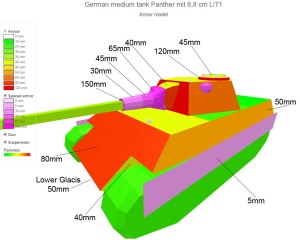
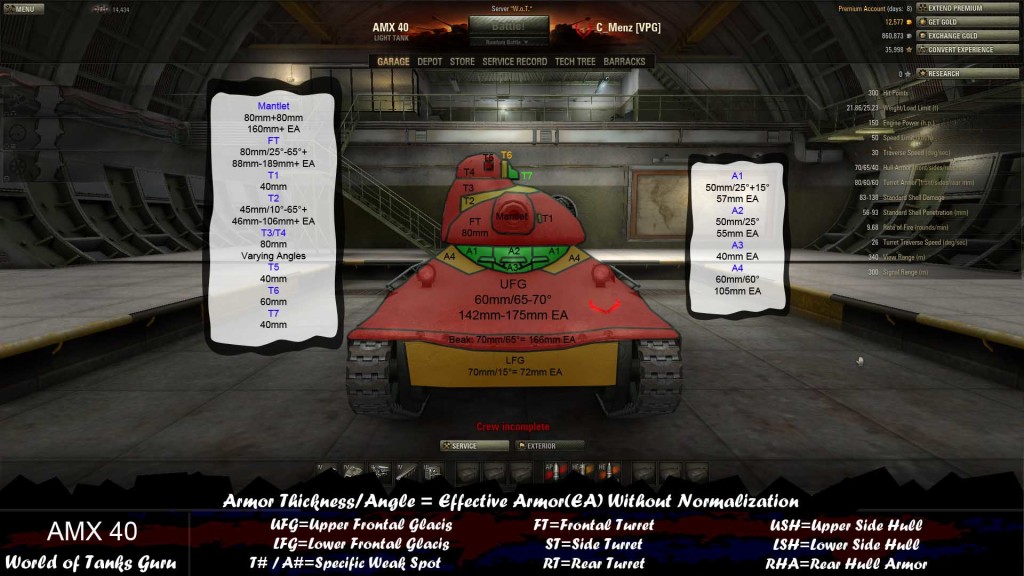
 Weak Spot Guide: T110E5 - World of Tanks Guru
Weak Spot Guide: T110E5 - World of Tanks Guru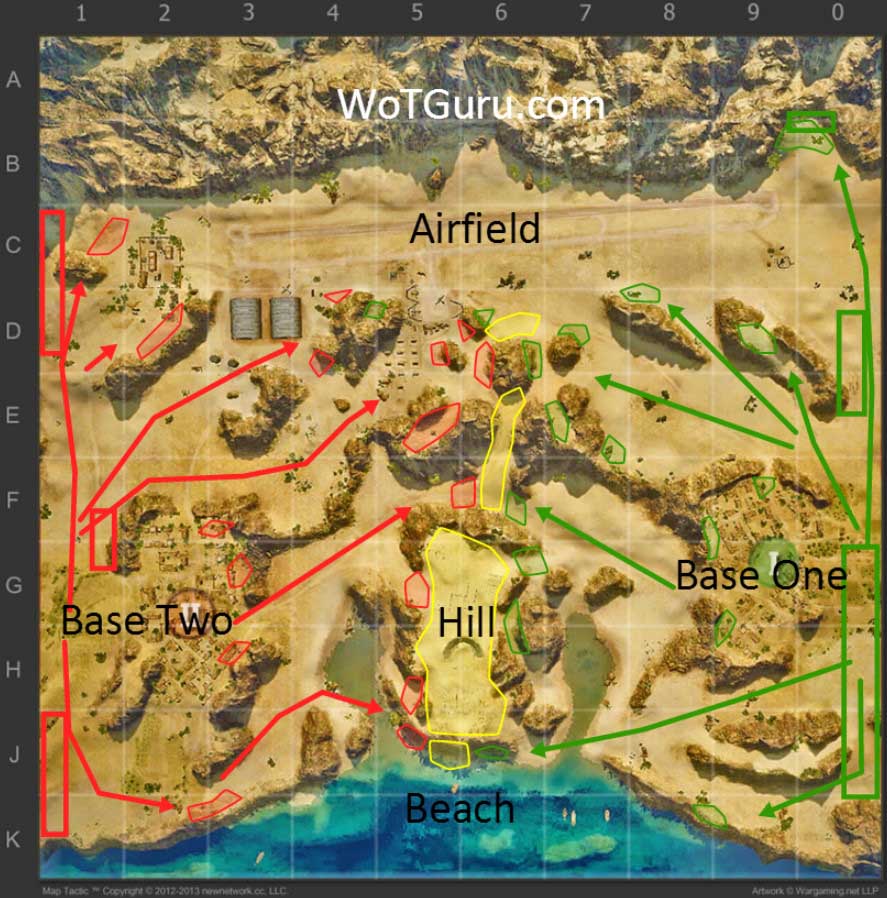 Map Strategy: Airfield - World of Tanks Guru
Map Strategy: Airfield - World of Tanks Guru Tank Guide: Panther Mit 8.8 cm L/71 - World of Tanks Guru
Tank Guide: Panther Mit 8.8 cm L/71 - World of Tanks Guru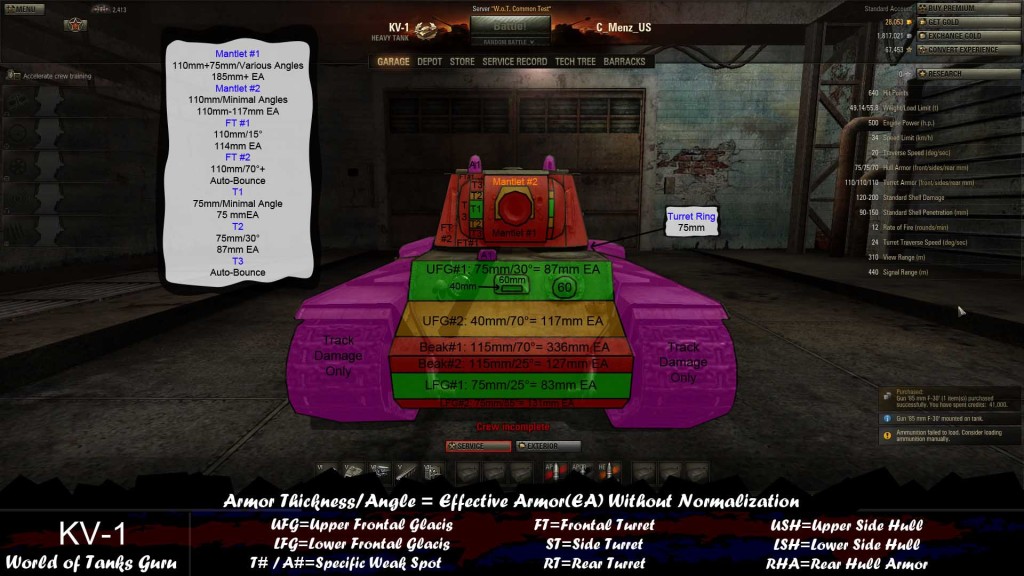 Weak Spot Guide: KV-1 - World of Tanks
Weak Spot Guide: KV-1 - World of Tanks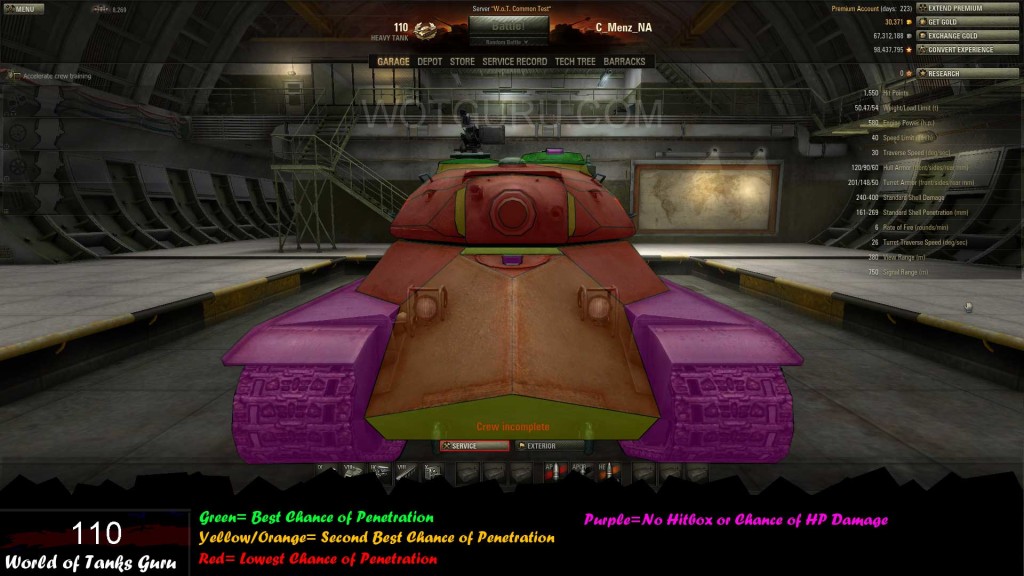 Weak Spot Guide: 110 - World of Tanks Guru
Weak Spot Guide: 110 - World of Tanks Guru